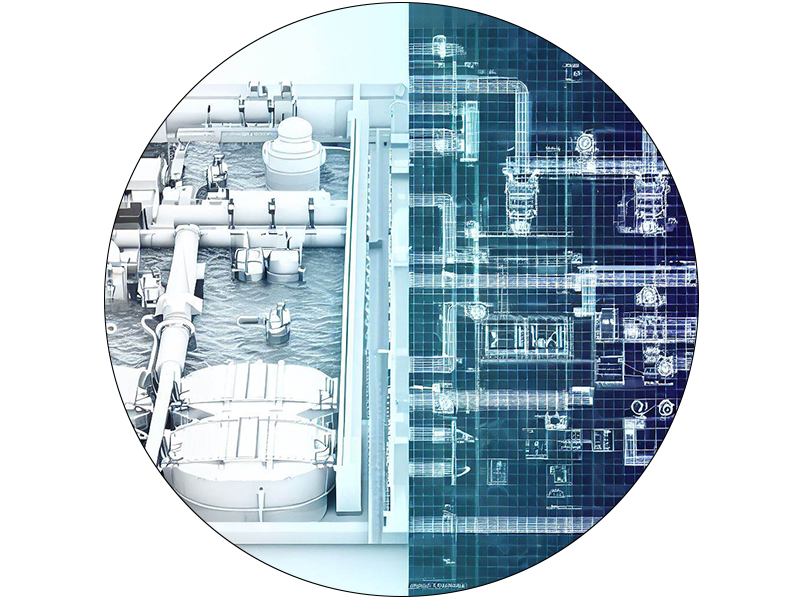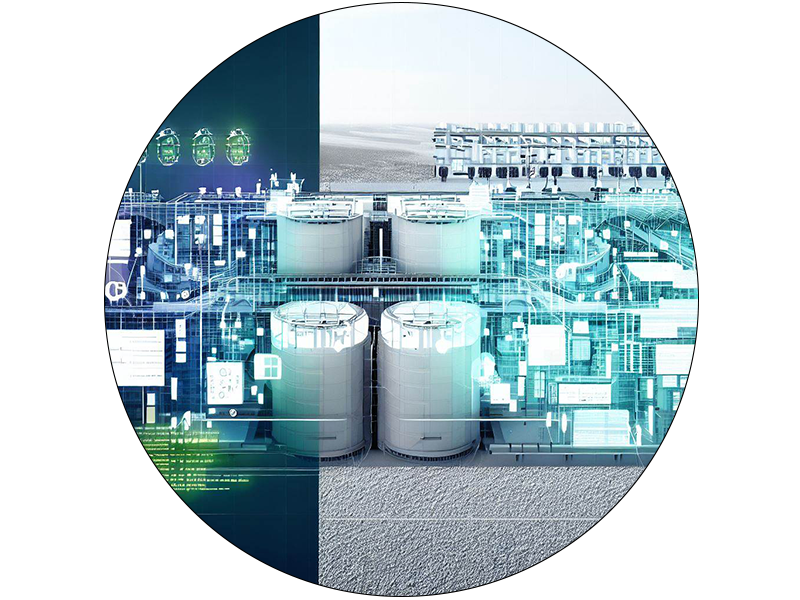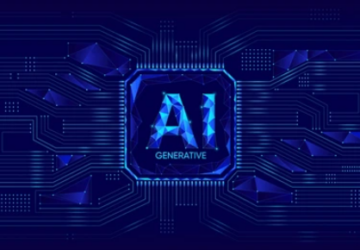The digital twin is a revolutionary technological innovation that has gained popularity in recent years. It represents an accurate virtual replica of an object, process, or real-world system. It is used in various industries to enhance productivity, operations management, and data-driven decisions. In this article, we will explore the concept of the digital twin as a single source of truth, focusing on its benefits, applications, and potential challenges.
Introduction to the concept of the digital twin.
In an increasingly data-driven world, the digital twin has become a powerful method for representing objects and systems from the real world in a virtual way. It is a comprehensive digital representation that combines real-time data, predictive models, and advanced analytics to create an accurate digital mirror of a physical object. This allows businesses to better understand, analyze, and optimize the performance of their real-world assets.
Understanding the purpose of a digital twin.
The primary objective of the digital twin is to provide a single and accurate source of truth about a given object or system. By creating a virtual replica of a physical asset, companies can monitor, simulate, and predict its behavior with high precision. This allows for better decision-making, optimization of operations, and cost reduction.
The role of a digital twin as the sole source of truth.
The digital twin acts as the single source of truth by consolidating all relevant data from a physical asset or system into one virtual model. This ensures that all stakeholders have access to the same accurate and up-to-date information. Decisions can therefore be made based on reliable and comprehensive data, avoiding the mistakes and misunderstandings that can arise from using multiple sources of information.
Advantages of using a digital twin in various industries.
The digital twin offers numerous benefits in various sectors of activity. It allows for improved productivity, cost reduction, and more informed decision-making. Let’s see how the digital twin is used in some specific industries.

Application of digital twin technology in the manufacturing sector.
Improvement of productivity and efficiency.
In the manufacturing sector, the digital twin can be used to optimize production chains, reduce downtime, and enhance overall efficiency. By using a digital twin, manufacturers can simulate and model production processes to identify bottlenecks, inefficiencies, and opportunities for improvement.
Improvement of predictive maintenance
Another key advantage of the digital twin in the manufacturing sector is the ability to implement predictive maintenance. Using sensors embedded in the actual equipment, the digital twin can monitor performance in real-time, detect impending failures, and recommend preventive maintenance actions. This helps to reduce unexpected downtime and optimize equipment lifespan.
Streamlining of the supply chain management
The digital twin can also be used to optimize supply chain management. By modeling and simulating product flows, businesses can identify inefficiencies, capacity issues, and potential risks. This allows for more accurate planning, improved inventory management, and better responsiveness to demand fluctuations.
Use of the digital twin in the healthcare industry
Amélioration des soins aux patients et des traitements
In the field of healthcare, the digital twin can enhance patient care and treatments. By creating virtual models of patients based on medical data, doctors can simulate and test different medical interventions before applying them in the real world. This allows for personalized treatments, reduced risks, and an overall improvement in outcomes for patients.
Optimization of health operations
The digital twin can also be used to optimize hospital operations and resource management. By modeling patient flows, logistical processes, and resource usage, healthcare institutions can identify bottlenecks, reduce waiting times, and enhance overall efficiency. This leads to better resource utilization, cost reduction, and an improved patient experience.
Impact of the digital twin on the development of smart cities
Improvement of urban planning and infrastructure management
In the context of smart city development, the digital twin plays a crucial role in urban planning and infrastructure management. By creating detailed virtual models of cities, authorities can simulate and evaluate the impact of various initiatives and projects. This allows for more efficient planning of transportation, energy, public services, and land use.
Improvement of resource allocation and sustainability.
The digital twin can also contribute to a more efficient use of resources and environmental sustainability. By modeling and simulating energy consumption, carbon emissions, and the use of natural resources, cities can identify opportunities for optimization and reduction of environmental impacts. This promotes sustainable development and the creation of greener and more resilient cities.
Challenges and limitations of implementing digital twin technology
Despite its many benefits, the implementation of the digital twin can also face challenges and limitations. Some of the main challenges include:
Data security and privacy concerns
With the collection and use of large amounts of sensitive data, data security and privacy become a major concern. It is essential to implement robust security measures to protect the data of digital twins from cyberattacks and unauthorized access.
Integration and interoperability challenges
In many cases, companies have to confront integration challenges when adopting the digital twin. It can be difficult to connect various systems, sensors, and platforms to get a comprehensive overview. Furthermore, interoperability between different digital twins used by various stakeholders can be a challenge to overcome.
Future prospects and advancements in digital twin technology
The digital twin continues to evolve and develop, paving the way for new perspectives and advancements. Here are some future trends and key developments to watch:
Integration of artificial intelligence and machine learning
The integration of artificial intelligence and machine learning into the digital twin will allow for more advanced analyses, more accurate predictions, and automated decisions. These technologies will enable digital twins to continuously learn and adapt, thereby enhancing their accuracy and usefulness.
Expansion into new sectors and areas
The potential of digital twins extends well beyond the manufacturing, health, and smart city sectors. We can expect new industries to adopt this technology to enhance their operations, productivity, and decision-making. Fields such as agriculture, energy, and transportation could also benefit from the use of digital twins.
In conclusion, the digital twin is a singular source of valuable truth that offers numerous benefits across various industries. By enabling better understanding, accurate simulation, and decisions based on reliable data, it contributes to enhancing productivity, efficiency, and overall outcomes. However, challenges such as data security and interoperability need to be addressed to ensure successful implementation. With ongoing advancements in the field, the digital twin promises an exciting and innovative future.
FAQs
- What is the purpose of a digital twin?
The primary objective of a digital twin is to virtually represent an object, process, or real-world system to allow for a better understanding, precise simulation, and decision-making based on reliable data.
- How does the digital twin benefit the manufacturing sector?
In the manufacturing sector, the digital twin enhances productivity, optimizes supply chain management, facilitates predictive maintenance, and allows for better optimization of production processes.
- Can digital twin technology improve health outcomes?
Yes, the digital twin can improve health outcomes by enabling personalized treatments, simulating medical interventions in advance, and optimizing hospital operations.
- What are the challenges in implementing digital twin technology?
Some of the challenges in implementing digital twin technology include data security, interoperability between different systems, and the need to collect and manage large amounts of data.
- What is the future of digital twin technology?
The digital twin will continue to evolve with the integration of artificial intelligence and machine learning, as well as its expansion into new industries and fields such as agriculture, energy, and transportation.
Better understand the possibilities of SmartShape?
Schedule a demo


